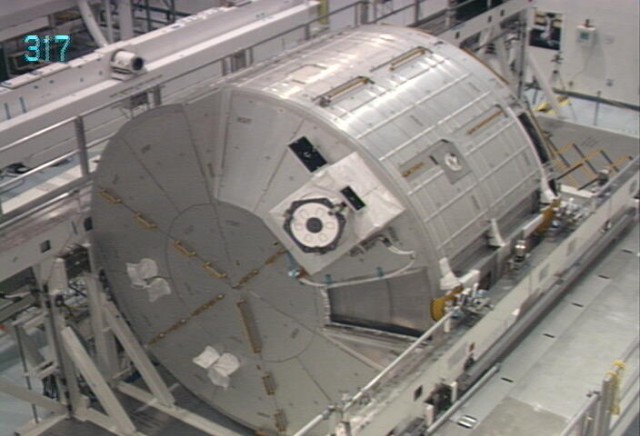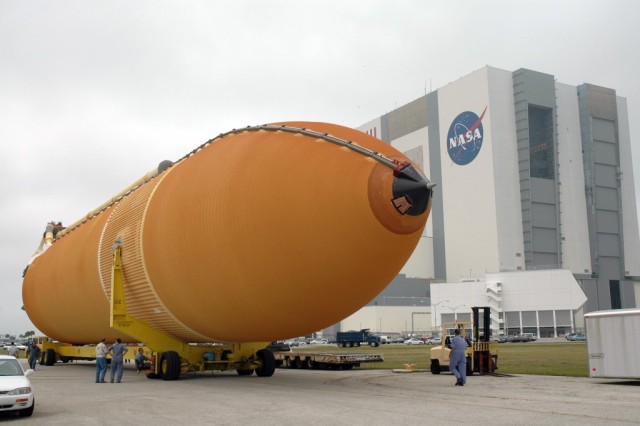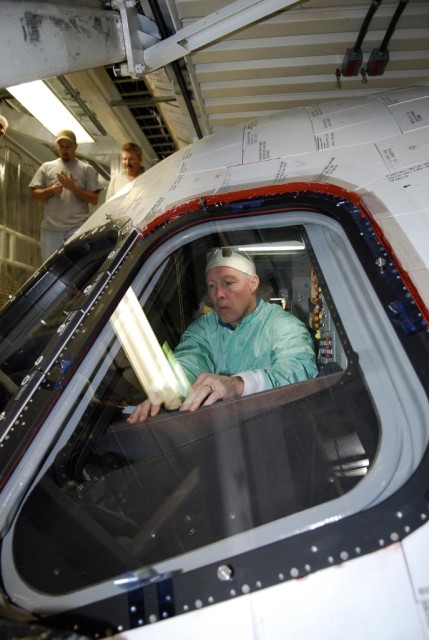 Columbus is Europe’s space lab at the international space station. It is ESA‘s most important European mission to the ISS to date and the cornerstone of Europe’s contribution to this international endeavour. Once Columbus is launched, assembled to the Space Station and verified, ESA will become an active partner in the operations and utilization of mankind’s only permanent outpost in space.
Columbus is Europe’s space lab at the international space station. It is ESA‘s most important European mission to the ISS to date and the cornerstone of Europe’s contribution to this international endeavour. Once Columbus is launched, assembled to the Space Station and verified, ESA will become an active partner in the operations and utilization of mankind’s only permanent outpost in space.
It will be launched on December, 6th onboard space shuttle Atlantis (STS-122 mission). Columbus will be transported into Earth orbit in the Shuttle’s cargo bay, pre equipped with five internal rack. Two of its external experiment facilities will be stowed separately in the Shuttle’s cargo bay and attached to the outside of the laboratory module structure in orbit. German ESA astronaut Hans Schlegel will play a key role in two of the three spacewalks or EVA (Extra-Vehicular Activity) scheduled for the mission. During the mission’s first EVA, Schlegel will help to install and power up the laboratory.
As the first European laboratory devoted to long-term research in space, Columbus will further expand the science capabilities of the ISS. In its interior, the Columbus laboratory will provide accommodation for experiments in the field of multidisciplinary research into biology, physiology, material science, fluid physics, technology, life science and education. In addition, its external payload facility hosts experiments and applications in the field of space science, Earth observation and technology.
Columbus waiting for its flight in the
ISS processing facility at Kennedy Space Center, Florida
Columbus is manged from its control center in Oberpfaffenhofen, Germany (near Munic). The center is operated by DLR under a contract with ESA. The Columbus Control Center will work together with mission control in the US and Russia and provide operational oversight, data transfer facility and all other essential services to the Columbus module.
Columbus was built by Bremen, Germany based EADS Astrium, which coordinated 41 suppliers from 14 countries. Its development cost roughly 880 Million Euros. The Columbus module is scheduled to last at least 10 years in space. It was originally scheduled to be delivered to the ISS in 2004, but delayed after the space shuttle Columbia accident.








